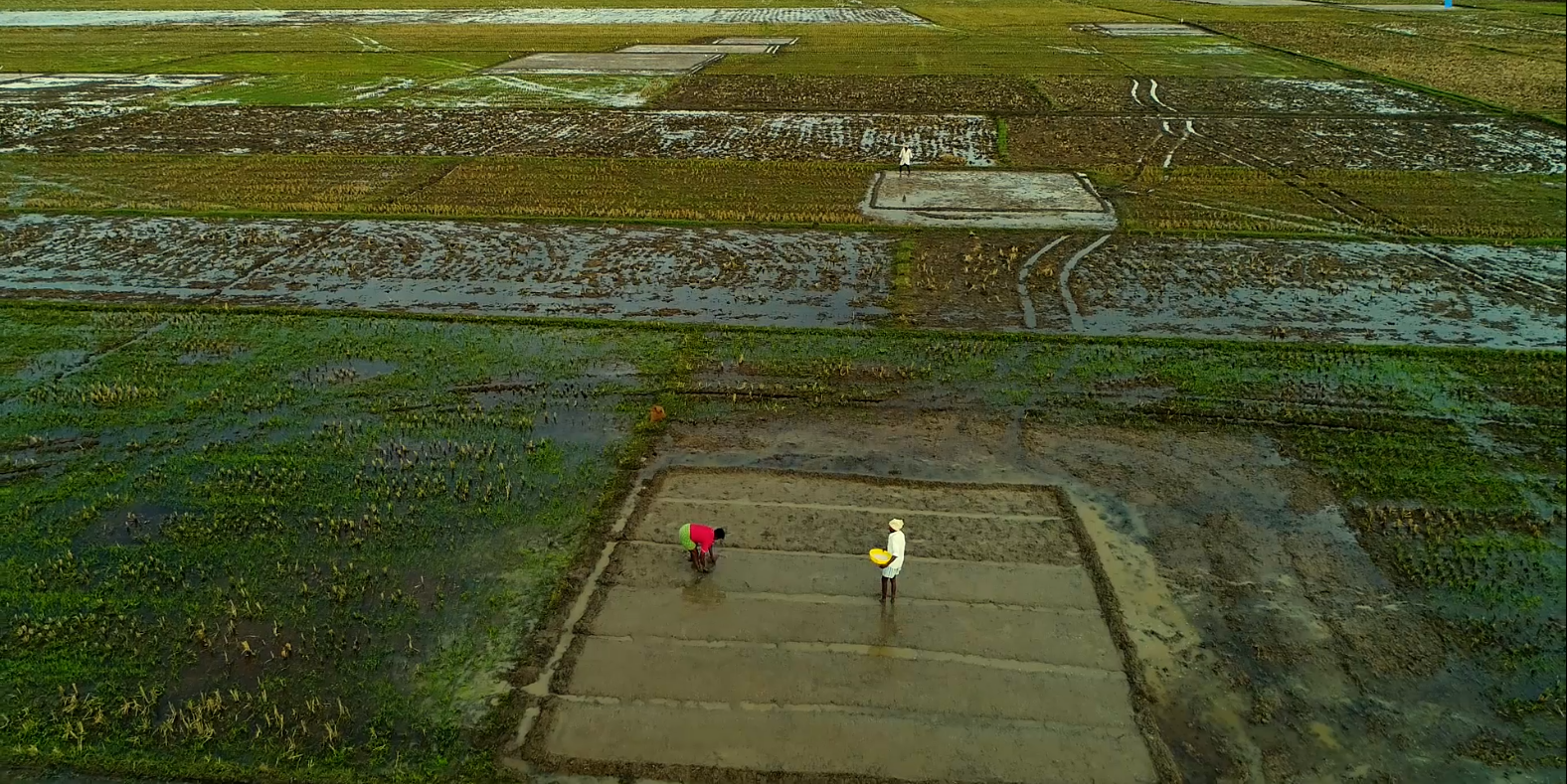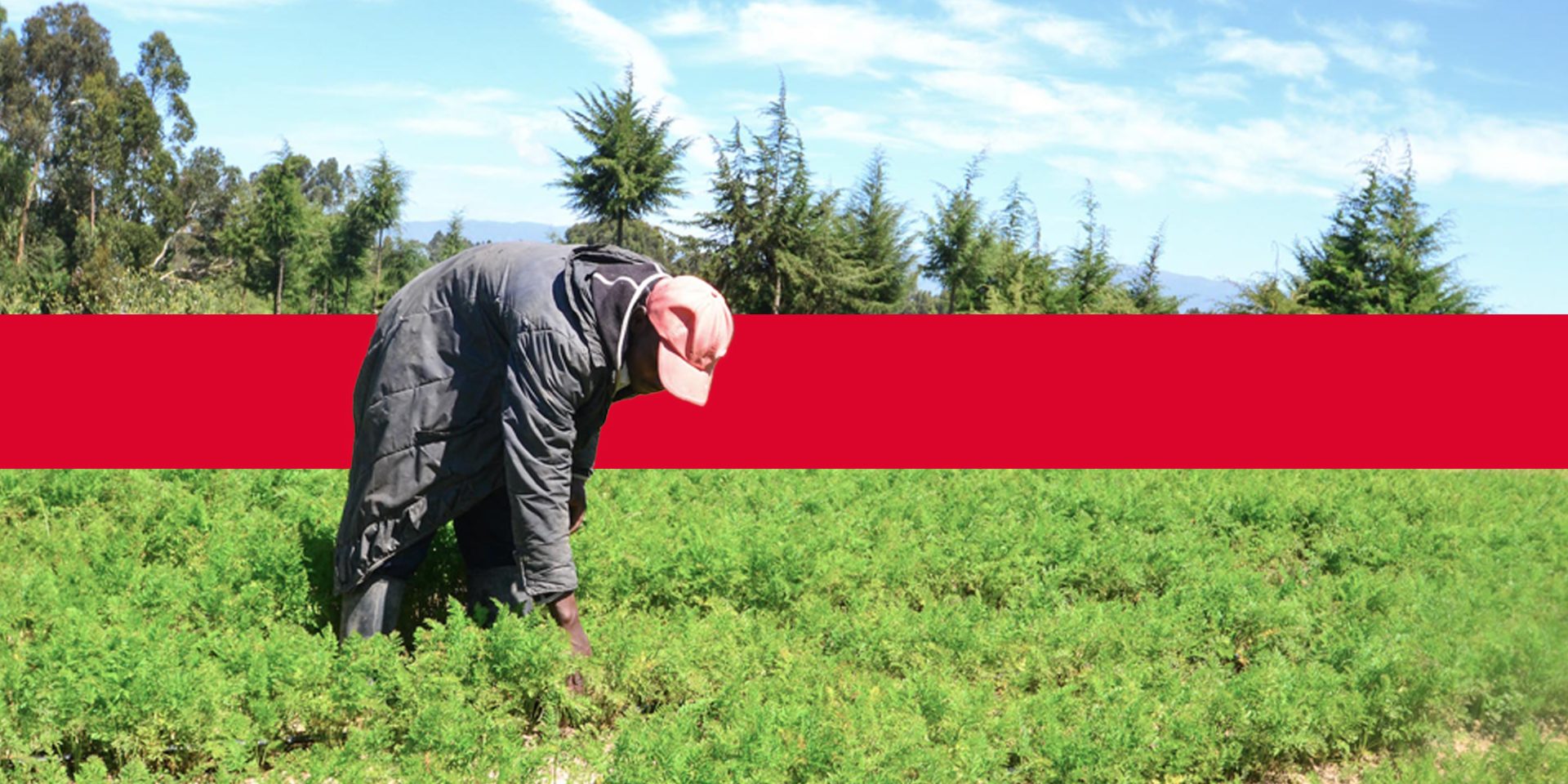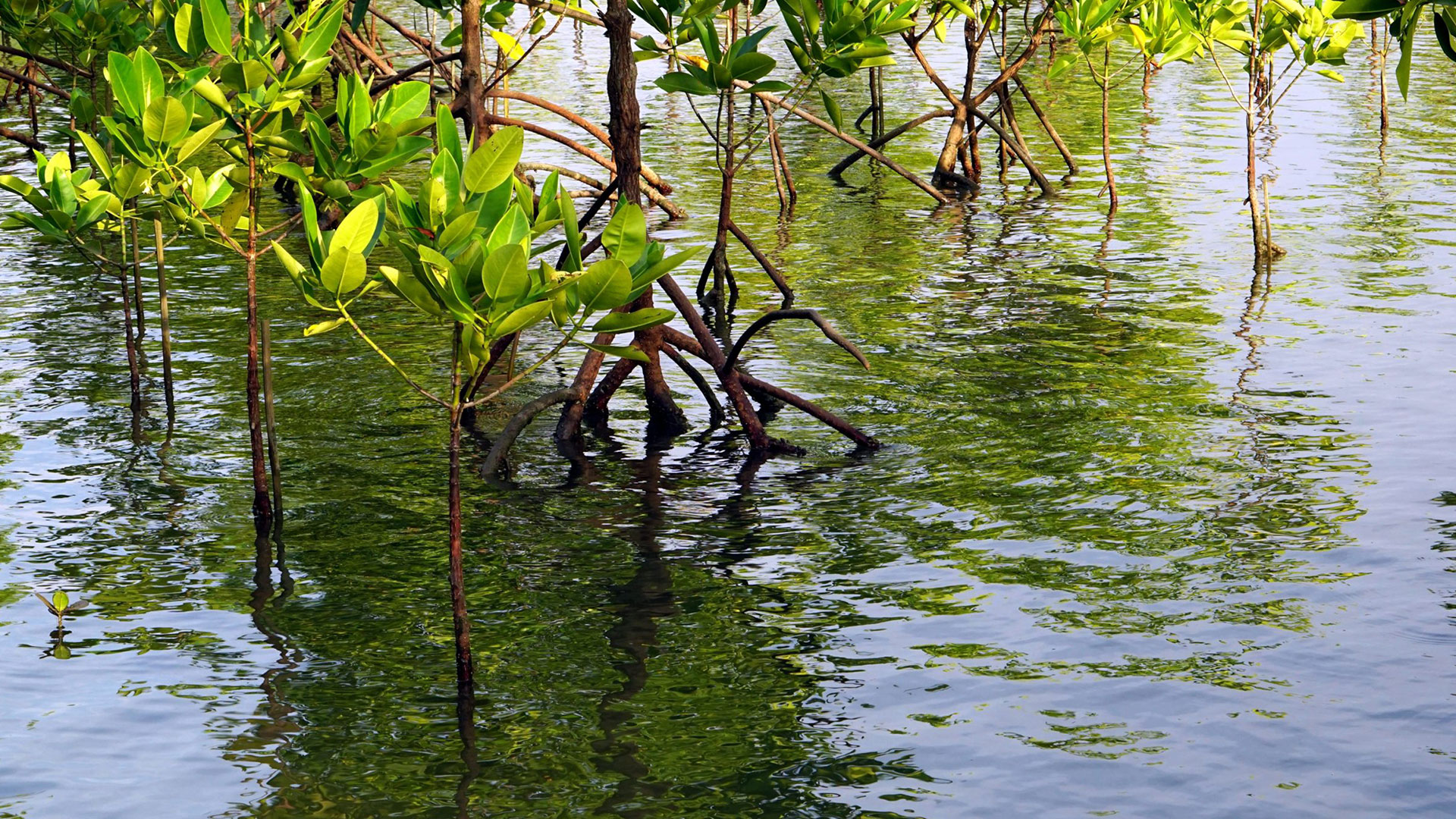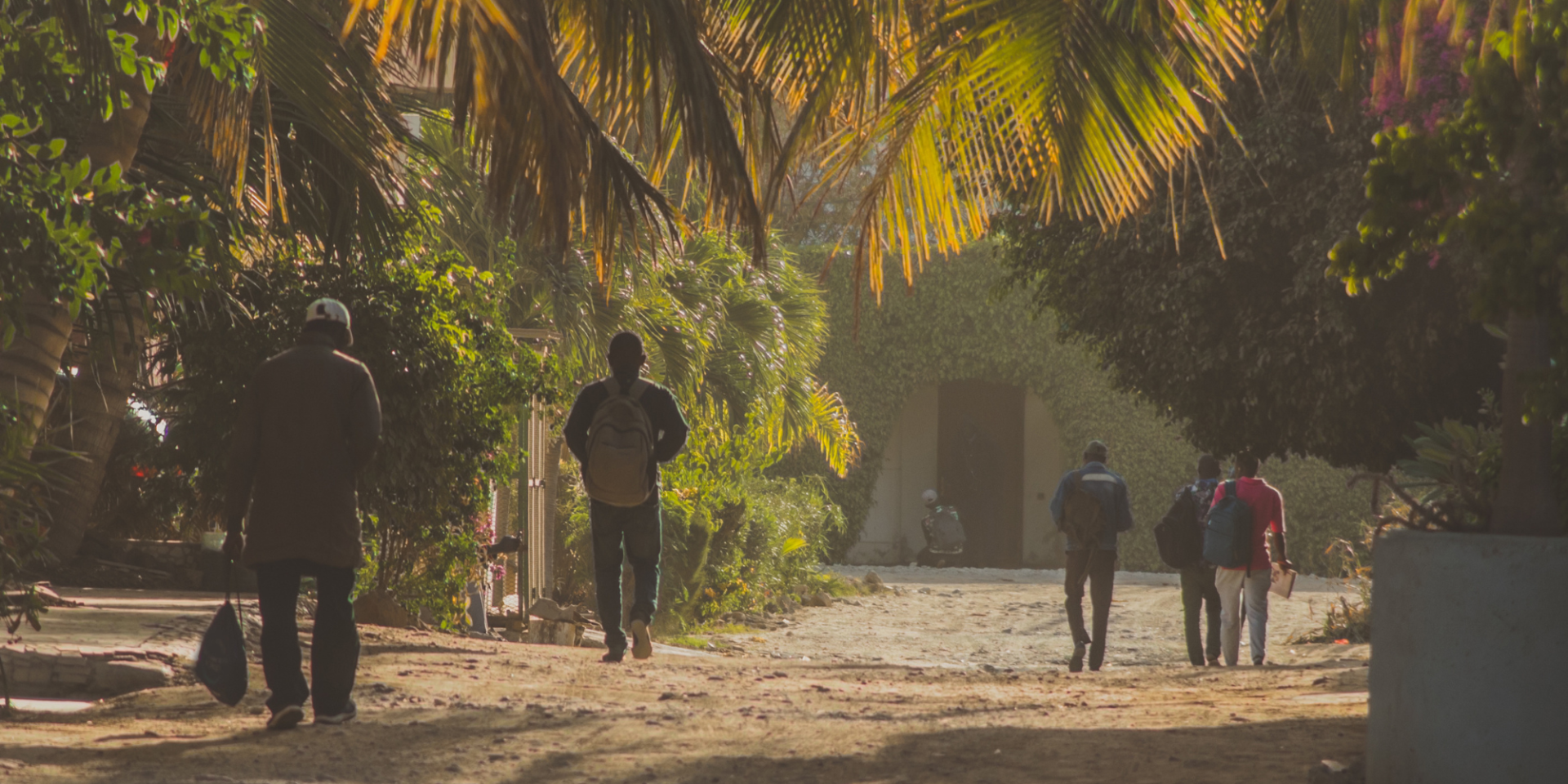How can collaboration accelerate investment in climate adaptation and resilience?
The case for accelerating investment in climate adaptation and resilience is clear. The latest scientific evidence shows the significant impact of climate change on economies, communities and natural systems. We know that increases to global temperature beyond 1.5°C will result in higher climate-related risks, and that developing countries will be disproportionately impacted. The scale and severity of the climate crisis calls for a two-pronged response from investors.
Increasing resiliency of our investments
First, investors must identify, assess and manage physical climate risks of investments to ensure they are resilient to climate change over the short, medium, and long term. This offers clear business benefits whilst helping to increase the resiliency of communities that they serve. For development finance institutions (DFIs) like CDC, improving how we address physical climate risks within our investments is essential to deliver our development mandate while ensuring a financial return.
One way we’re helping investors is through our new partnership with WWF on their Water Risk Filter (WRF). The WRF is a world-leading online tool for companies and investors to assess and respond to water-related risks in their operations and investments. Funded by our technical assistance facility CDC Plus, our partnership will help to enhance the WRF tool by integrating climate scenarios analysis as recommended by the Task Force on Climate-related Financial Disclosures (TCFD). This will enable companies and investors to better assess water-related financial risks in a changing climate and identify potential opportunities.
Supporting climate resiliency through local solutions
Second, it is necessary to invest in businesses that can provide adaptation and resilience solutions. Businesses will need to offer technologies, products and services that are designed to address location and context-specific climate risks. Such bespoke solutions are starting to emerge, particularly from SMEs that understand the local context.
One company pioneering solutions to improve climate resilience is CropIn, an Indian-based specialist in software for agribusiness. CropIn uses technology such as satellite images, artificial intelligence and machine learning to monitor crop health and changing weather patterns remotely, make yield predictions, and then passes on these insights to farmers. Armed with the right information, farmers are better equipped to deal with the effects of climate change.
Our preliminary market analyses and the recently launched Adaptation SME Directory show that there are a growing number of companies offering adaptation and resilience solutions in developing and emerging markets. Yet these companies are at varying stages of development and many are struggling to scale. Typical barriers to growth for early stage companies include inadequate access to finance and technical capabilities. For this reason, through CDC Plus we are partnering with Climate-KIC’s Climate-Launchpad to boost the entrepreneurial ecosystem needed to enable promising adaptation and resilience business solutions to develop. But there is a lot more work to be done to deliver systemic change.
Unlocking investment through collaboration
At CDC, we’re putting adaptation and resilience at the forefront of our response to climate change, but we know that we can’t deliver our ambitions alone. Strengthening climate resiliency through local solutions requires overcoming market barriers and much greater support to accelerate and scale-up potentially promising ideas to commercial maturity. Collaboration is essential to deliver the systemic change needed to increase finance and investment for climate adaptation and resilience. It is clear that DFIs in isolation can’t tackle the market failures or overcome policy and institutional barriers to investment in adaptation and resilience.
That’s why last year we partnered with FCDO, the Global Center for Adaptation, AFD, Proparco and FMO to launch the DFI+ Adaptation and Resilience Collaborative (DFI+ ARC). This week we are pleased to welcome FinDev Canada, the U.S. DFC and the Italian CDP, in its role as Financial Institution for International Development Cooperation, as new members. This partnership will help us progress a number of critical issues.
First, we’ll work towards a common approach for identifying and evaluating investments contributing to adaptation and resilience. This will help investors to better identify the opportunities and understand the benefits associated with investing in climate adaptation and resilience.
In parallel we will work towards improving our collective ability – and that of other investors – to identify, assess and manage the physical climate risks of our investments. We will do this by gathering and sharing data, and piloting approaches to enhance understanding of the financial risks of climate change.
We’ll also work together to shape markets and build the pipeline of bankable adaptation and resilient investments. Collaborating to combine different sources and types of capital and skills will help increase private finance for adaptation and direct capital to where it is most needed.
Lastly, more effective collaboration is needed to support developing countries to identify and articulate their adaptation needs, and to strengthen the conditions which will attract private investment at scale and speed.
Only through such collaboration can we combine our complementary mandates and expertise, along with finance of differing risk appetite and tolerance, to increase the climate-resiliency of assets over their lifetime. Similarly, concerted effort is needed to develop domestic markets for adaptation solutions, particularly to help early stage businesses attract the capital that is needed for growth.
In the coming months G7 DFI members of DFI+ ARC will be working towards these outcomes. We call on other DFIs and development agencies to join us in deepening the collaboration that is so urgently needed to support vulnerable countries with their adaptation and resiliency needs.
Written by Amal-Lee Amin, Climate Change Director, and Chiara Trabacchi, Climate Change Manager at CDC










